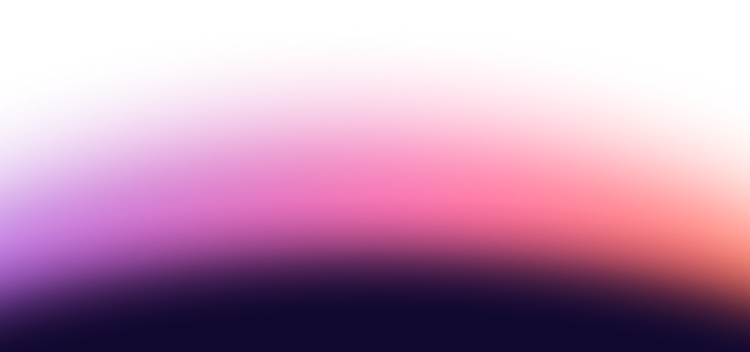A Nitrogen-Vacancy Center (NVC) quantum computer has three defining characteristics. The first is a synthetic diamond, which is a lattice of carbon atoms. At various points within the lattice, two adjacent carbon atoms are removed. In the place of one of those carbon atoms is a nitrogen atom, and the place of the other carbon atom is left vacant. This diamond nitrogen vacancy trio usually forms the basis of a qubit, although other implementations are being researched.
The Quantum Insider is currently tracking 5 companies working with diamond NV quantum computing technology. In addition to that, the susceptibility of the qubits to electromagnetic fields and temperature makes them useful as quantum sensors. Furthermore, an AzoQuantum article titled “The Role of Diamonds in Quantum Computing” notes their potential role in quantum networks.
What is Diamond Vacancy
Qubits are notoriously sensitive to their surrounding environments, which corrupt their quantum information. Two important methods for dealing with these errors are quantum error correction (QEC) and quantum error mitigation (EM). But a third method, quantum error suppression, includes physically shielding the qubits from external sources of noise. With NVC qubits, the carbon lattice of the diamond provides such shielding.
Some of the desirable properties of diamond include:
- High thermal conductivity, the efficient dissipation of heat away from the qubits
- Electrical insulation, the isolation of the qubits away from external electrical noise
- Optical properties that help preserve quantum information
- Physical protection, due to the physical hardness and durability of diamond
These properties combine to offer two major benefits: relatively long coherence times and room temperature operation. These benefits are not exclusive to NVC, but they are advantageous over modalities with short coherence times that require dilution refrigeration.
Types of Diamond Vacancies
The diamond nitrogen vacancy setup allows qubits to be formed in a number of different ways. The best-known implementations encode quantum information:
- In the nuclear spins of the nitrogen atoms
- In the intrinsic spins of electrons in the vacancies
- In the nuclear spins of the carbon atoms surrounding the nitrogen-vacancy pairs
- In hybrid combinations of nuclear and electron spins
Another potential advantage of NVC quantum computing is the possibility of using lasers to create the qubits within the diamonds. A single diamond could potentially house millions of qubits in a three-dimensional array within the three-dimensional carbon lattice.
Quantum Information Processing with Diamond Vacancies
Quantum information processing with NVC quantum computers is at a particularly early stage. Whereas the largest publicly-available quantum computer is currently Aquila with its 256 neutral atom qubits, the largest known NVC quantum computer has only 2 qubits. The latter is also not publicly available.
Research continues into NVC qubits, however, because of the aforementioned properties and benefits. The key drivers include demonstrations of:
- Relative long coherence times at room temperature
- Dynamical decoupling
- Dynamical nuclear spin polarization
- Entanglement
- High-fidelity measurements
- Quantum error correction (QEC)
- Entanglement distillation
- Execution of quantum algorithms
This modality is not without its challenges, however. The qubits have to be arranged such that they are useful for computation, and arranging them in such a way requires precise and accurate nanofabrication technology. The nitrogen vacancies are often referred to as “point defects” in the carbon lattice, and these defects are susceptible to placement-related defects.
.webp)


